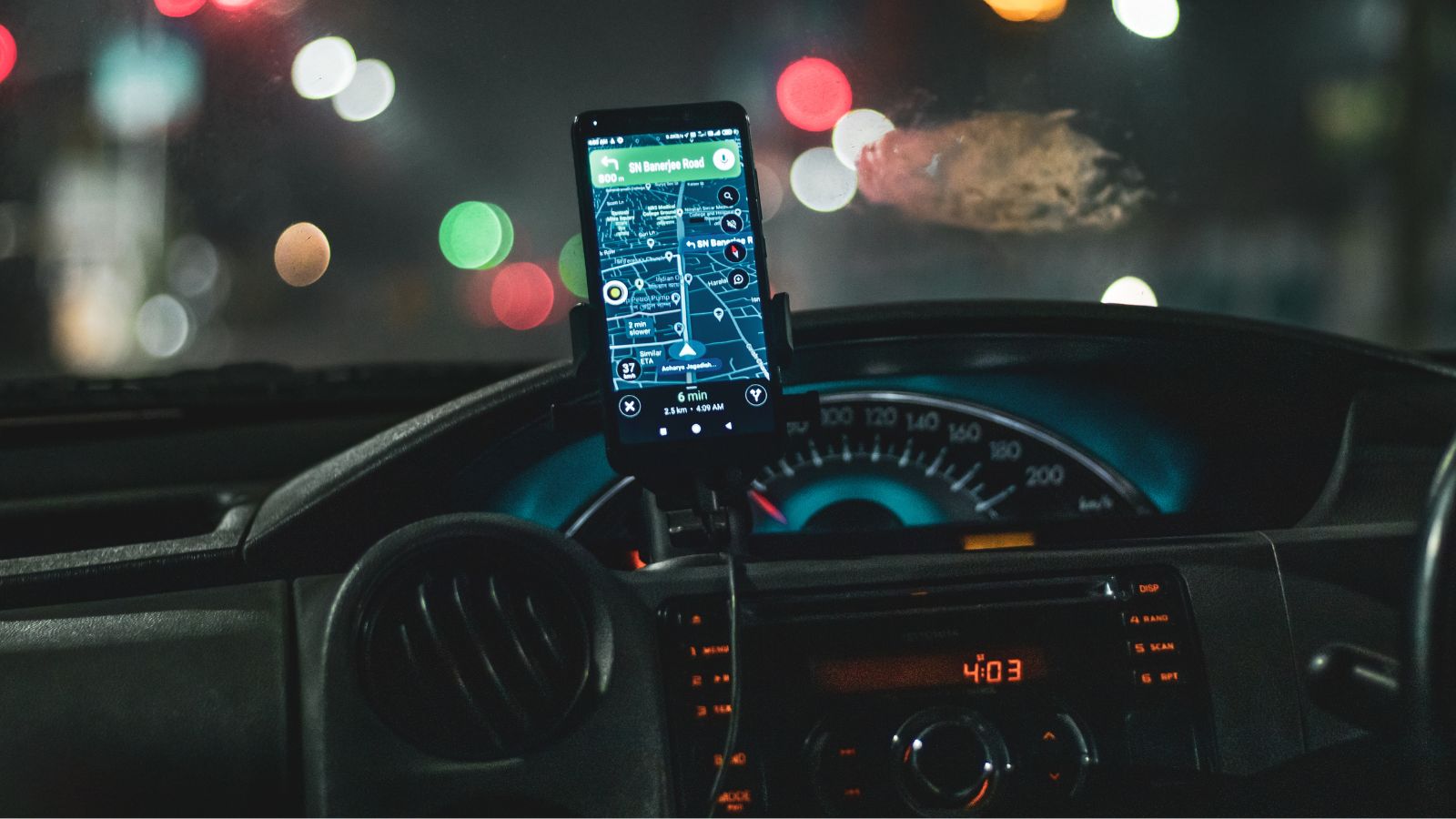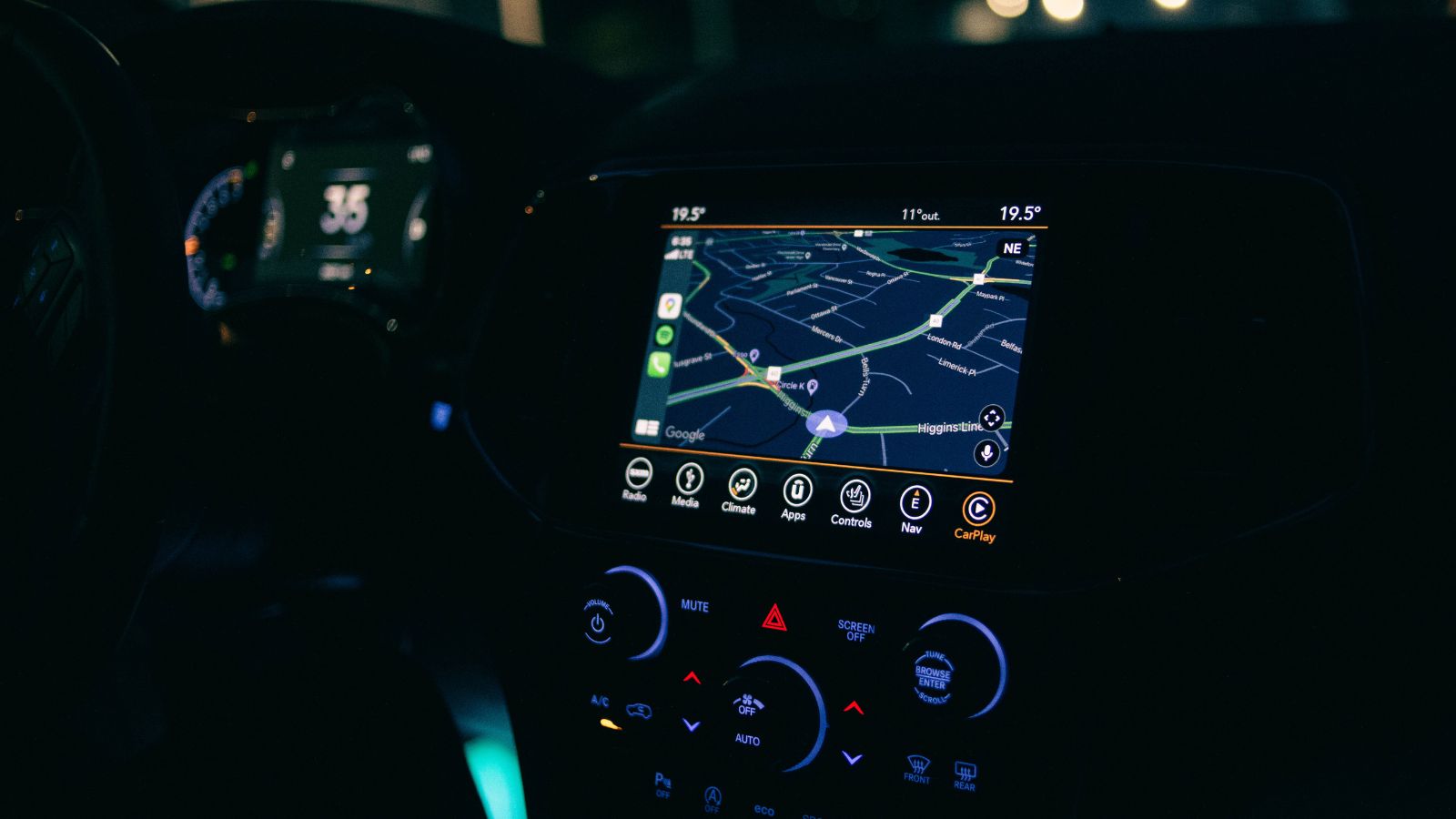GPS Trackers for Travel is more than a search term. It is peace of mind on a busy airport day, a night train, or a long road across a new country. With the right portable GPS travel tracker, travelers can keep an eye on luggage, rental cars, and even family members in crowded places without stress. This guide explains what matters, where trade-offs hide, and how to match features to real trips.
The goal is simple. Stay connected without fuss. Get reliable location, clear alerts, and battery life that lasts the day. Pack light, set up once, and enjoy the journey.
Why Travelers Use GPS Trackers
- To see where checked bags go during tight connections.
- To find a rental car in a huge lot after a long flight.
- To meet up in crowded stations or festivals.
- To get a quick alert if a bag or backpack leaves a set zone.
- To add a quiet safety layer on solo walks and new routes.
When used well, trackers fade into the background. They add calm without demanding attention.
How To Choose: Start With Your Trip
Match the device to where and how it will be used, not just to a feature list.
- City breaks: compact size, strong indoor location help, and quick geofence alerts.
- Road trips: good battery, vehicle mounting options, and steady updates.
- Multi-country tours: global coverage, roaming-ready SIM, and fair data costs.
- Outdoor hikes: weather resistance, strong GPS, and power-save modes.
- Family travel: shared access, simple apps, and SOS or check-in options.
Core Features To Weigh
Location technology
- GPS + Wi‑Fi assist: better accuracy in airports, stations, and malls.
- Cellular (LTE/5G): wider reach and faster updates, but higher plan costs.
Battery life
- Power profiles: balanced modes for daily use; high-frequency bursts for crowded transitions.
- Realistic promise: a day or two with standard updates is better than bold claims that only hold in labs.
Geofences and alerts
- Set zones for hotels, stations, and rental hubs.
- Choose sensitivity to prevent noisy alerts.
- Arrival and departure alerts save guesswork.
Form factor and durability
- Small enough to hide in a bag pocket; sturdy enough for rough handling.
- Water resistance helps with rain, beaches, and boat taxis.
Subscription and coverage
- Check network maps and global roaming.
- Prefer flexible plans for short trips.
- Confirm whether SMS or in-app alerts are included.
Privacy and control
- Encryption for data in transit and at rest.
- Clear data retention and deletion options.
- Role-based access for travel partners.
Portable GPS Travel Tracker Use Cases
- Luggage tracking: a small tracker in the lining near the handle, away from dense metal, to help signal.
- Day pack security: geofence the hotel and museum area; get a ping if the bag moves unexpectedly.
- Rental car visibility: discreet placement with a clear view to the sky or near the windshield base.
- Family meetups: set a temporary zone at the station café; turn on follow mode for the last 10 minutes.
Case Scenario 1: Tight Connection, Two Airports
A couple flies with a short layover and one checked bag. The tracker shows the bag leaving the aircraft, but not yet on the next belt. An alert displays movement to the next gate area five minutes before boarding. They relax and board, knowing the bag is in the right system.
- Why it works: airport Wi‑Fi assist plus cellular updates, and a balanced power profile that still delivers timely movement alerts.
Case Scenario 2: Night Train To A New City
A solo traveler keeps a tracker in a backpack pocket. A small hotel geofence is set ahead of arrival. Suppose the bag is moved while the traveler steps away for a ticket check, an alert fires. On arrival, the app shows a short walk route to the hotel even in a busy square.
- Why it works: compact device, good app mapping, and quick geofence alerts without constant live tracking.
Case Scenario 3: Family Road Trip With Multiple Stops
Parents place a tracker in the rental car and another in the main gear bag. Short geofences mark overnight hotels. A shared login gives both adults the same view. After a fuel stop, an alert warns that the gear bag was left behind at the café. They turn back in time.
- Why it works: simple zones, shared access, and notifications that matter.
What’s Improved In 2025
- Smarter indoor accuracy: GPS plus Wi‑Fi and cell triangulation narrow the circle in terminals and malls.
- Adaptive battery modes: devices learn patterns and spare power during predictable rest times.
- Cleaner app design: faster geofence setup, clearer timelines, and one-tap follow mode for short bursts.
- Better privacy defaults: parent or owner-only access, clear retention policies, and easier data export.
Trade-Offs To Expect
- Size vs battery: Tiny trackers are discreet but may need daily charging.
- Update frequency vs life: frequent pings drain batteries; geofence-based alerts stretch them.
- Voice features vs simplicity: SOS and calls add utility but can complicate setup and permissions.
Form Factor: Where It Lives Matters
- Luggage: inside a fabric pocket near the outer shell, not buried under metal frames.
- Day pack: sewn pocket or a small inner sleeve; consider a tamper alert.
- Rental car: tucked near the windshield base or parcel shelf; avoid blocking with heavy metal.
- Jacket or belt pouch: for city walks or festival days, attach in a secure, hidden place.
Set Up Tips For a Smooth First Trip
- Charge fully and update firmware at home.
- Place by a window to get a first GPS lock quickly.
- Add two or three geofences only: hotel, station/airport, and one special venue.
- Test alerts with a short walk around the block.
- Tune sensitivity if alerts feel late or noisy.
Battery Tips That Actually Help
- Prefer geofence alerts to continuous live tracking.
- Use follow mode for short windows like boarding or transfers.
- Turn on power-saving overnight and during long flights.
- Keep a tiny power bank and short cable in a quick-access pocket.
Signals, Coverage, and Travel Reality
- Check destination coverage and supported carriers before leaving.
- Look for multi-network or eSIM support for better reach.
- Add known Wi‑Fi networks (hotel, trusted cafés) to help indoor accuracy where supported.
- Expect tunnels and deep basements to delay updates; apps should resend when signal returns.
App Features That Matter
- Dynamic geofences: quick, temporary zones for a venue or event.
- Follow mode: higher-frequency updates for limited periods.
- Quiet hours: silence low-priority alerts while sleeping.
- Shared access: let a partner view locations without changing settings.
- Timeline view: see movements at a glance with time stamps.
Practical Safety Layer, Not a Lifeline
- Trackers assist; they do not replace common-sense travel habits.
- Plan meeting points in crowded areas in case phones die.
- Practice an SOS or check-in routine before the first big day.
- Keep key numbers and addresses written down as backup.
Portable GPS Travel Tracker: Choosing For Different Trips
- City weekend: Compact device, strong indoor help, and quick alerts. Short follow mode bursts at stations and busy crossings.
- Business travel: Roaming-ready, clear expense and plan controls, and discreet placement for luggage and laptop bag.
- Backpacking: Weather-resistant build, power-save modes, and a small power bank. Clear geofences for hostels and bus stations.
- Family holidays: Shared access logins, simple maps, and arrival/departure alerts. One tracker for luggage and one for the rental car.
Buying Checklist: Make A Confident Pick
- GPS + Wi‑Fi assist with modern cellular support (LTE/5G).
- Battery life that matches your daily pattern, not just the spec sheet.
- Geofences, arrival/departure pings, and short follow mode.
- Compact size, durable build, and water resistance.
- Clear subscription terms, roaming rules, and coverage map.
- Strong privacy defaults, role-based access, and data controls.
- An app that is simple to use under stress.
Avoid These Common Mistakes
- Relying only on live tracking: drains power and adds noise; use zones.
- Hiding a tracker under dense metal: delays updates; pick fabric pockets.
- Skipping a dry run: test at home to prevent surprises en route.
- Overloading alerts: start with a few critical zones, then refine.
- Ignoring time zones: confirm your app and device are in sync after landing.
Two More Real-World Moments
Airport reroute
A bag reroutes after a missed connection. A zone alert shows it moving toward the correct carousel in the destination city. The traveler heads straight to baggage service with proof and saves time.
Festival crowd
Friends set a small geofence at the main gate. If anyone leaves the zone, the app pings. They switch on follow mode for five minutes during the final meetup, then turn it off again to save power.
How Spy Spot Approaches Travel Tracking
Spy Spot focuses on accuracy, simple apps, and practical battery modes. The aim is to deliver timely alerts and clean timelines while keeping devices small and comfortable to carry. The philosophy is travel first, tech second: tools should serve the trip, not the other way around.
Second Mentions, Naturally Placed
Travelers searching for Top GPS Trackers for Travel often want fewer steps and clearer alerts, not more bells and whistles. The right portable GPS travel tracker blends solid location, calm notifications, and power profiles that last.
Conclusion
Top GPS Trackers for Travel work best when matched to real trips. Choose a portable GPS travel tracker that fits the route, set only a few smart zones, and use short follow bursts when movement matters most. Charge fully, test once, and tune alerts after day one. With a good device and a simple plan, travelers stay connected without thinking about it—and the journey feels lighter from start to finish.






